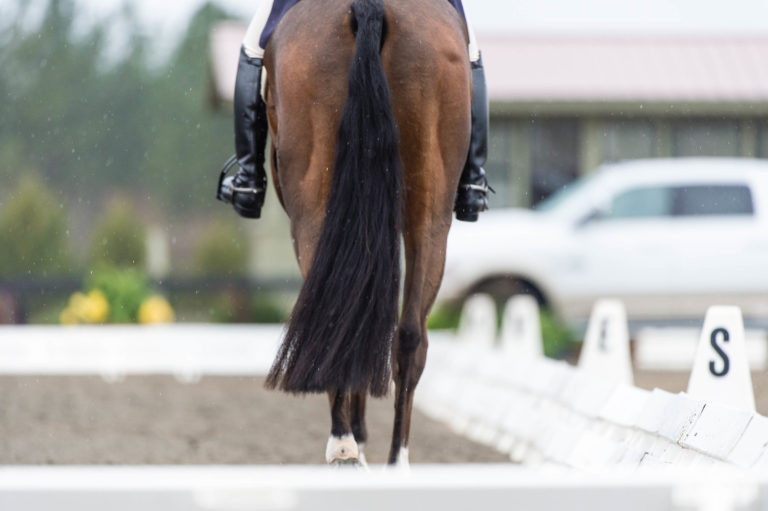
It’s the stuff every little pony-crazy girl dreams of, seeing a wild pony. Preferably a pinto, just like Misty of Chincoteague, from Marguerite Henry’s book that is still popular today.
I saw wild ponies 45 years ago on Assateague Island in Virginia, where the Chincoteague ponies live. Then, 30 years ago, I saw wild ponies in Corolla, North Carolina, on a spit of sand in the Outer Banks, north of Kitty Hawk. This week I saw them there again, and it’s still magical.
It’s hypothesized that the Corolla ponies are descendants of ponies abandoned there by Spanish explorers 400 to 500 years ago. They roamed freely until the late 1980s because the area, extending north from Duck, NC, to the Virginia state line, was gated as a duck hunting preserve and then a nature preserve. As development and paved roads arrived in the late ‘80s, the ponies were endangered because they were getting hit by cars. I’ve noticed in pictures of them that there doesn’t seem to be many pintos, unlike the Chincoteague ponies. Those might have swum to that barrier island further north from a Spanish shipwreck.
The Corolla ponies are now safe again and roam undisturbed in a large nature preserve, living north of a fence that extends from the Currituck Sound to the Atlantic Ocean. They are also protected by a non-profit organization that raises funds with tours through the area. If you have a 4-wheel drive vehicle, you can venture up the beach to see them, or you can take your chances with nature trails, with the admonition to stay at least 50 feet away if you are lucky enough to spot them. Over the last three decades, I’ve tried several times to see some but have never succeeded.
We’re on vacation this week in Duck. We drove to Corolla for lunch and then decided to take a nature trail stroll, hoping maybe to see some marsh birds. Suddenly, there right by the trail (the ponies didn’t know about the 50-foot rule), there was a pregnant black mare and what looked to be a 2-year-old filly, a chestnut, enjoying some marsh grass. It was hitting the jackpot! We watched them until they strolled off, grazing as they went.

This all brought back deep memories of when I met Misty herself, in 1972. While driving through Chincoteague on the way to Assateague to go crabbing, all of a sudden I saw a sign that said simply “To Misty.” I didn’t even know she was still alive. “Turn,” I screeched to my boyfriend. There was the Beebe farm, and Mrs. Beebe introduced me to Misty and Sea Star! They were absolutely beautiful, sleek and shiny. Misty “shook hands” with me. I will never forget it, and I was hugely grateful for the brief encounter when I learned three months later that Misty had died, at the age of 25.
Once in a while, now, I will see a pony listed in a dressage show program as a Chincoteague, and I get that chill of excitement all over again.











